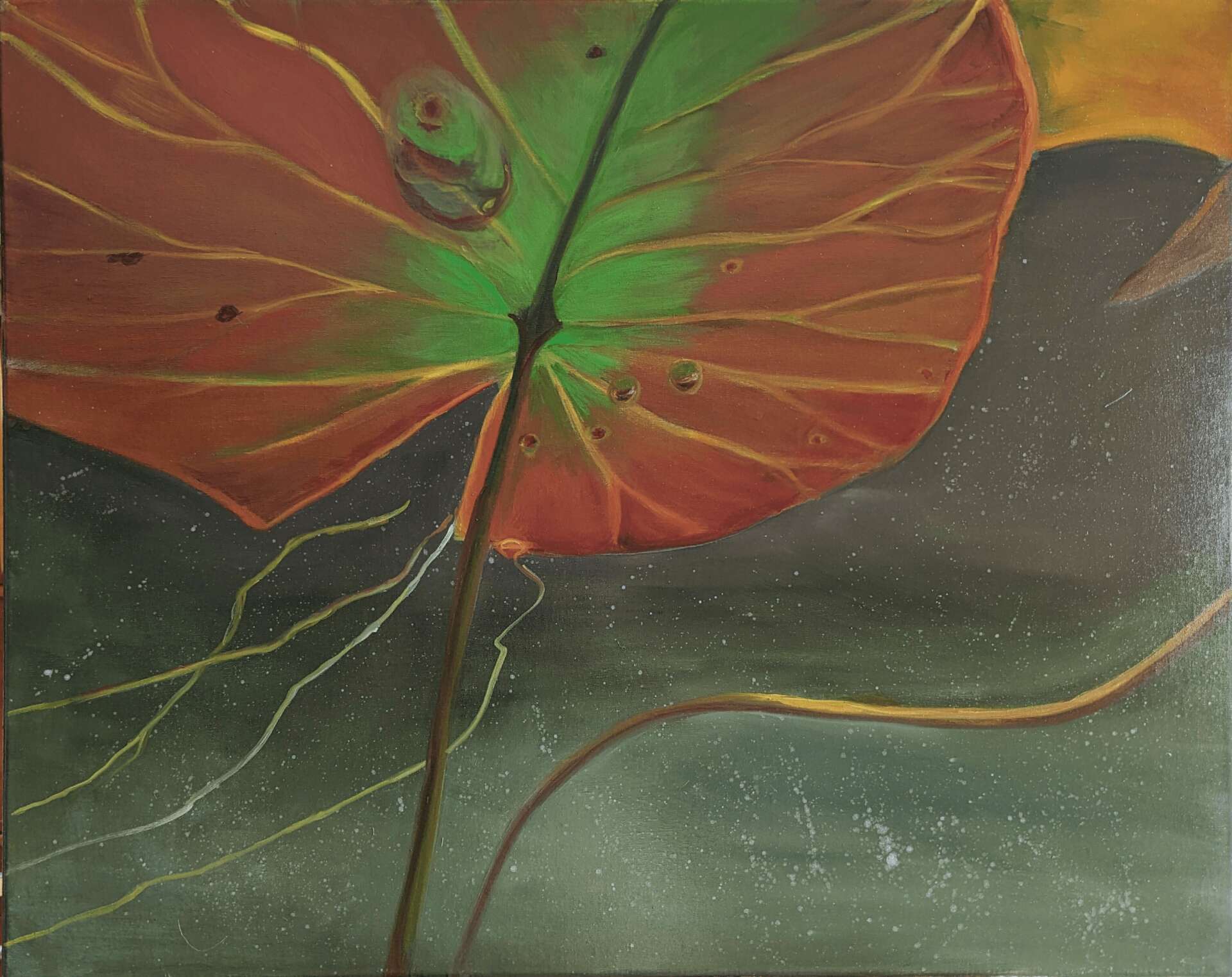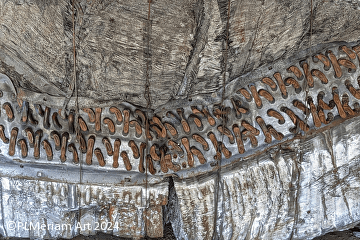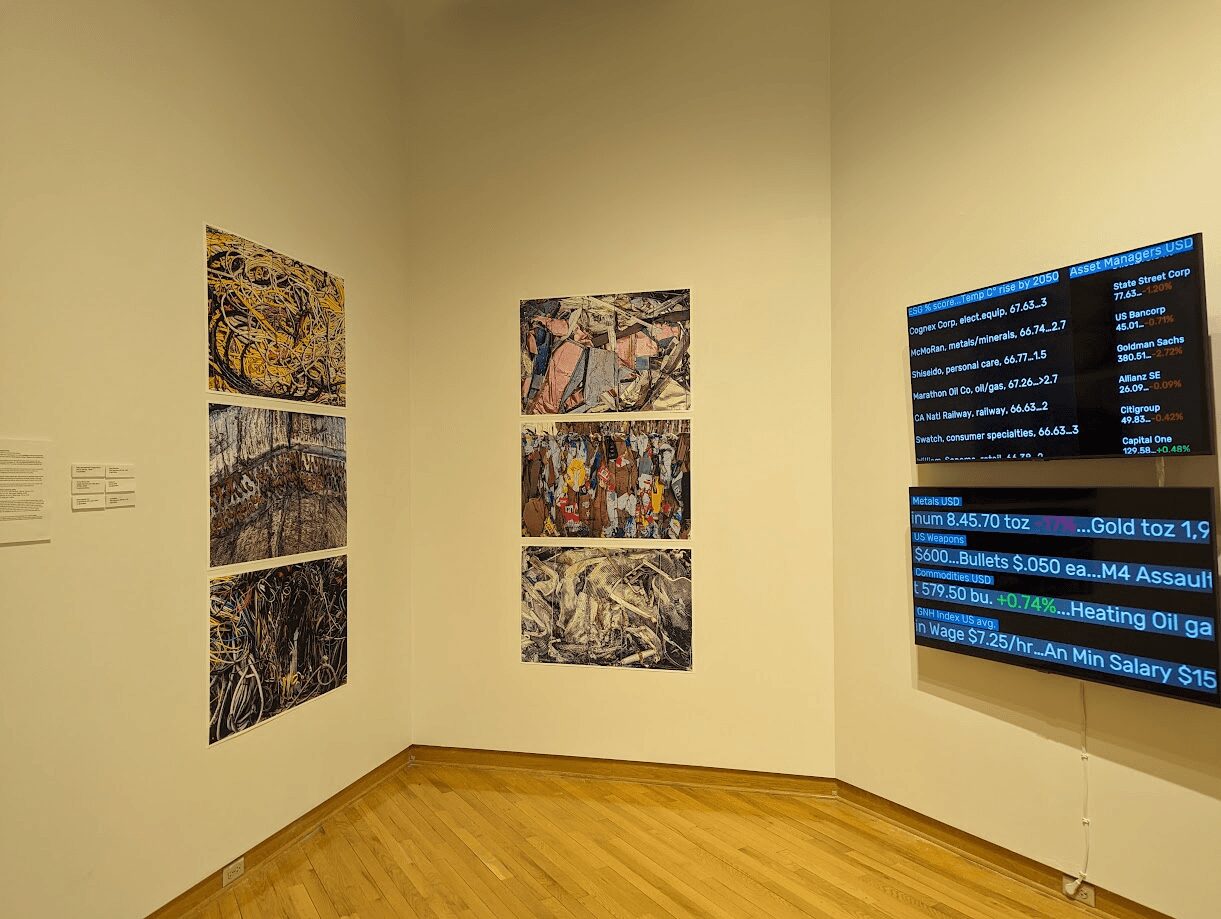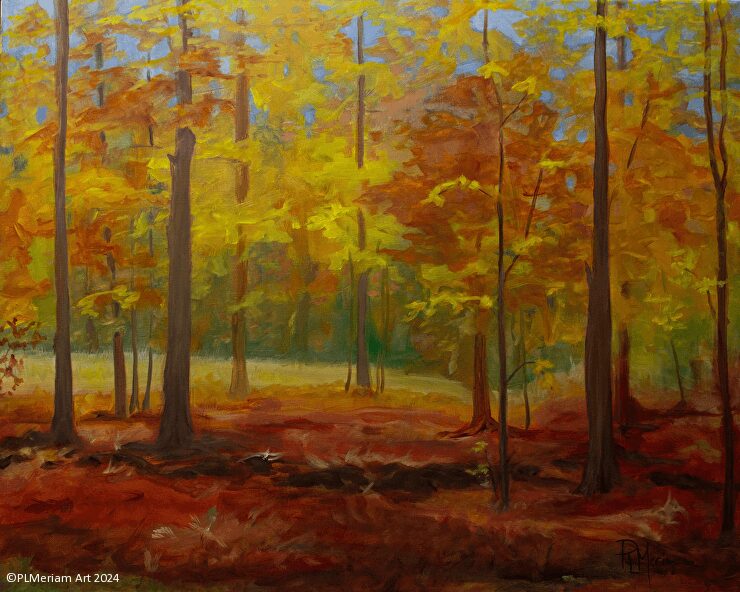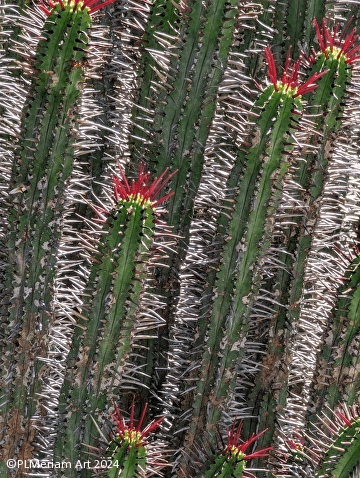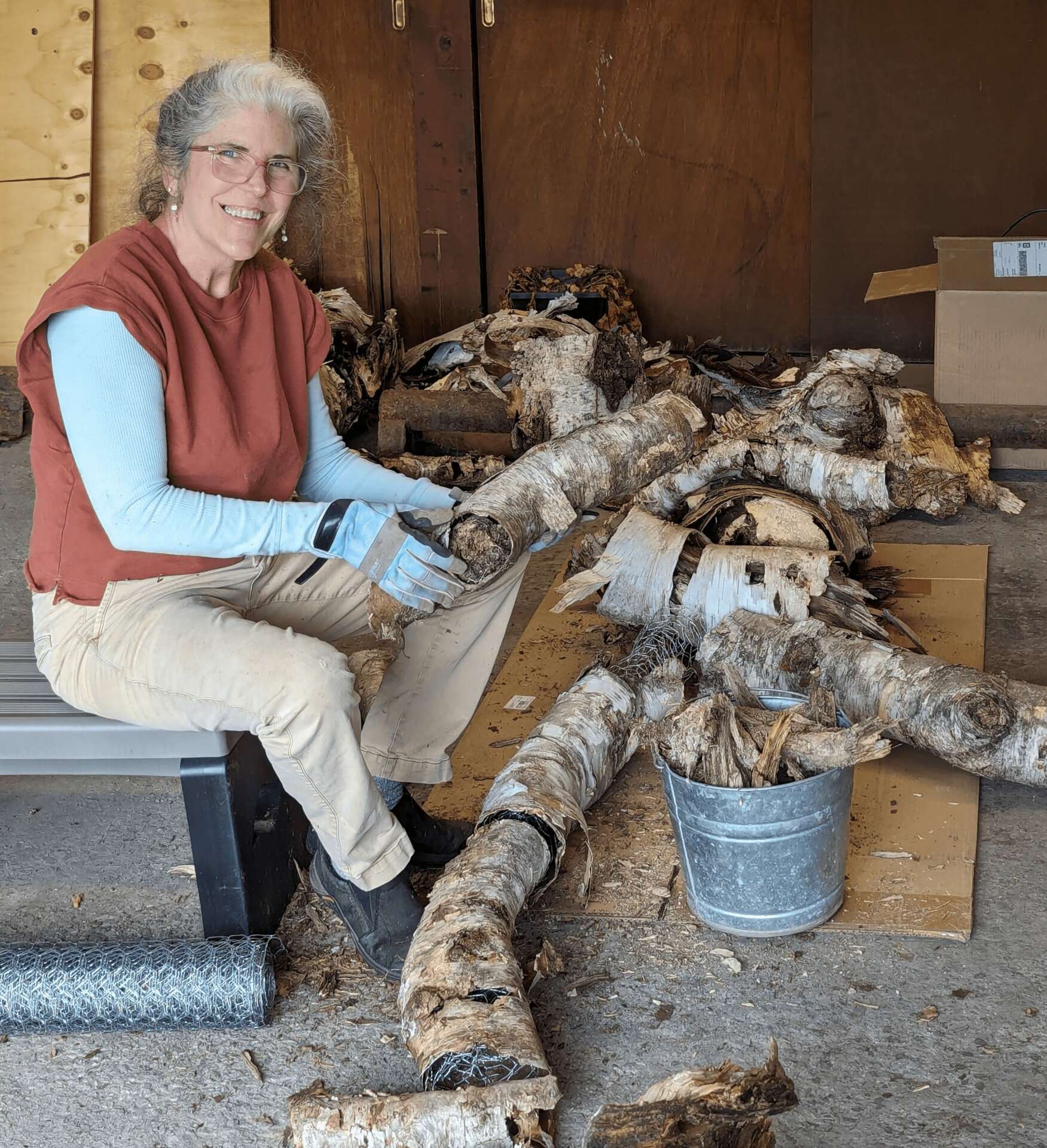Alright – so today we’ve got the honor of introducing you to Patty Meriam. We think you’ll enjoy our conversation, we’ve shared it below.
Alright, Patty thanks for taking the time to share your stories and insights with us today. Do you wish you had waited to pursue your creative career or do you wish you had started sooner?
I love making art, so it would have been wonderful to have started a professional career sooner and spent more time engaged with it. Rick Rubin, the music producer, says “art is a moment in time”, as such, it can be a mirrored reflection of society. So I do wish I had directed my focus and artistic response sooner toward my bio-social concerns.
I have often wished that school counselors in high school had taken time to help me research options for a path in art. I knew some professional artists, but didn’t know how to construct a life around it and frankly never thought to ask them. I was surrounded by medical professionals. I was not given the support from my family to pursue my art making as a career and was coached that it was too risky a lifestyle: art was something I should consider doing on the side – for my own enjoyment. My siblings and I were taught that our lives should serve others. And while I see how art can serve others now, I didn’t have the framework to see it then. The men in the family, and some of my older siblings were lawyers, doctors, builders, and businessmen. My father’s version of feminism was that women should strive for those kinds of professions. So I decided early that I would be a physician like my father and eldest brother and make art in my time off. In college I had what I thought was a last hurrah with art as an art history major – savoring every class, detail, and trips to exhibits. Medical schools will take any liberal arts major if you also do all the pre med sciences. I worked summers at Columbia Presbyterian Hospital in NYC on medical research teams. But the windows in hospitals are for the patients, and I realized I could not live my life in artificial lighting with little daily access to nature. It was nature that was the foundation for my artistic drive.
Participation in an archeological dig in Cyprus the summer after college graduation directed me toward an MS in Historic Preservation at Columbia University and a career in architectural conservation and project management in Vermont. My plan was to restore old buildings as a way to reduce waste and salvage cultural heritage within my community. I did restoration and conservation consulting while we raised our kids, and I sustained my artistic drive developing self-taught expertise in oil painting.
Still trying to find the right fit for me to serve others, in 2013 I completed a year-long program with the Vermont Leadership Institute which investigated socio-political issues within the state. I thought I might make a political run for the state legislature. However, I emerged from this experience desiring academic guidance to make politically relevant environmental art. I had my first art exhibit of my painted works two years later when I was 54 and sold a lot of pieces. Five years later I entered an MFA program in Visual Art at the Vermont College of Fine Arts where I researched post 1960s environmental art and ecofeminism for the context of my own work which seeks environmental justice for all species.
If I am lucky, I’ll be working into my 80s and 90s to contributing to society through artistic expression. The work I do now brings me joy and purpose, and I am in a community of other artist collaborators who help me build my expressive thoughts and courage. Postgraduate, my approach to art is two fold. My paintings of nature are an emotional escape from the chaos of world politics, and they bring joy to me and my clients. My multi-media exhibit work confronts the chaos of world politics and climate distress. I follow materials in their cycles of extraction, over consumption, and waste, and how human actions, including my own, affect climate change and resiliency. If I had it to do again, I would have sought a financially stable art career expecting that it would have given me security to seek grants and residencies to build an art community and an independent art practice.

As always, we appreciate you sharing your insights and we’ve got a few more questions for you, but before we get to all of that can you take a minute to introduce yourself and give our readers some of your back background and context?
I am proud that I had the courage to pursue my life’s dream of obtaining an MFA at age 62, believing it is never too late to learn and explore. A friend of mine, a 97 year old classical pianist, was working on a very difficult Rachmaninoff piece for his own satisfaction. He inspired me to pursue not only the MFA degree but the academic stimulation – with the faith that something good would come of it.
Researching new philosophies and emerging artists keeps me on my toes to observe systemic problems in society and our interactions with the ecological systems that surround us. By pushing myself academically, I have gained spiritual and focal clarity, and I am more engaged and flexible in how I interact with the world around me. In my art practice the materials I use are now an important partner in expressing my low impact objective: I am oil painting with reclaimed earth pigments, I use digital photography, and video documentation and animation. My sculptures are made from salvaged and or biodegradable materials. My next adventure is to use encaustics (beeswax), from friends who are bee keepers, as a medium for painting!
My paintings and photographs are sold through my website plmeriam.com

Is there mission driving your creative journey?
My mission is to live a creative authentic life that questions how my own consumption and values affect the planet. What sets me apart from others, is the very thing that sets any of us apart. Each of us has a unique point of view depending on where we are standing on the planet and in its timeline. My work is filtered through the environmental and anti-war movements of the 1960s and 70s, my medical interest in healing, and my restoration projects which focus on the practicality of reuse. These experiences have contemporary context to others and hopefully also universal (appeal). My paintings of nature translate my experience of the woods, farmland, and ocean to instill sublime contemplation of their beauty and intricacies for the viewer. My multimedia work is a call to action that aims to stimulate conversation about how our survival is linked to the survival of ecological systems around us. These ideas may not be unique but the expression comes from my own joys and concerns.
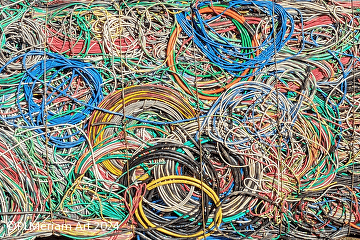
Learning and unlearning are both critical parts of growth – can you share a story of a time when you had to unlearn a lesson?
As a kid, I experimented with lots of mediums: paint, clay, wood, fabric, glass, beads, silver jewelry making, cloisonné, and salvaged objects. Each of these I chose for their correspondence to the creative idea. My mother, whom I loved and admired, said to me once that I was a “jack of all trades and master of none”, which I interpreted as a fault. With the demands of working full-time, I decided to limit myself to the study of oil painting landscapes and nature based realism to become an expert in an area of art. Once my kids left home, and I mostly retired from my preservation work, I felt my painting was not addressing my concern for the consequences of climate change.
I entered graduate school with the intention to shape my oil painting, perhaps with the help of augmented digital reality, into something that would be more eco-socially relevant. For a while I tried to force landscape painting to express vulnerability and danger. Eventually I let go of painting, unlearned its importance in the history of art, and instead thought about contemporary theories and artists who use a variety of mediums to express environmental concerns. Now if I want realism I turn to photography and video documentation. My final graduate exhibit, “Under The Buttonwood Tree”, questioned what we value as individuals and as a society. It consisted of close up photographic details of baled recycled materials accompanied by their commodity prices, which ran from $750 for cardboard to $14,000 dollars for 3 x 4 x 6 foot bales of 90% copper household wire! Two ticker tape videos, mimicking stock market transactions screens, ran next to the photographs. They listed moving prices for daily living expenses, the cost of US weapons, and environmental ratings (ESG scores) of top international corporations.
My next project is for the Juniper Sculpture Park in Plattsburgh, NY. I am creating an outdoor sculpture “The Lady of the Woods” made from birch bark to address life cycles and decay. Meanwhile my painting is moving away from realism into a looser, more expressive realm. My mother’s sister said to me that I was not a “jack”, but rather a “Renaissance Woman”. I like that much better! The pursuit of perfection can be the death of creativity. The most important lesson I have learned in my art career is to be flexible and to not adhere to anyone’s perception of who I am or what is possible for me. It is my job to explore the creative possibilities, knowing that every attempt does not have to be a masterful success.
Contact Info:
- Website: https://www.plmeriam.com/
- Instagram: https://www.instagram.com/plmeriam.art/
- Facebook: https://www.facebook.com/plmeriamfineart/
- Linkedin: https://www.linkedin.com/in/patricialeaheymeriam/
- Twitter: https://twitter.com/plmeriamart
- Youtube: https://www.youtube.com/channel/UCxdG5X2monmMTbWNeGHfsJg
